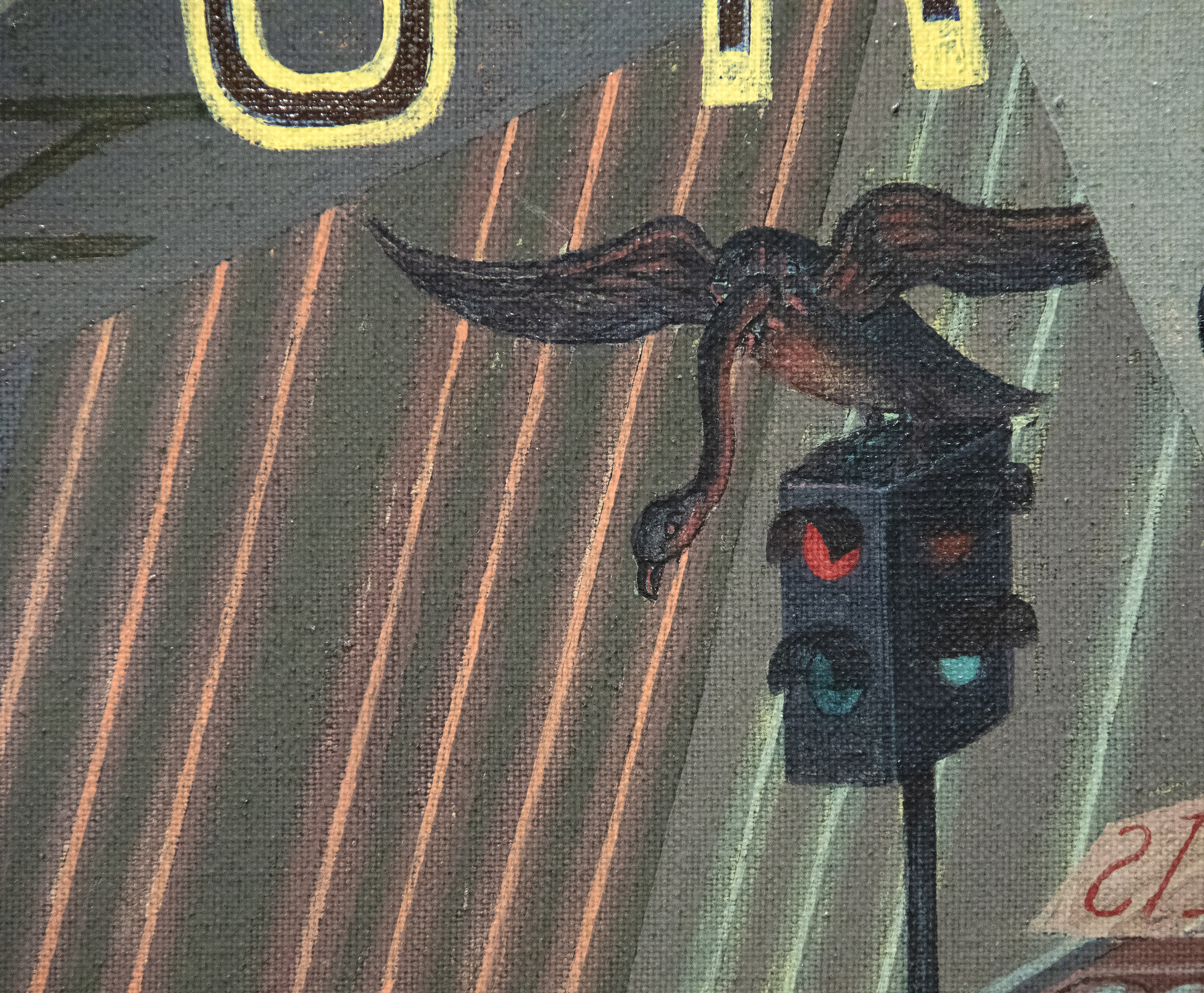ايرفينغ نورمان & nbsp(1906-1989)







الاصل
موسى وروث هيلين لاسكيمجموعة خاصة، كاليفورنيا
معرض
متروبوليس الظلام : ايرفينغ نورمان السريالية الاجتماعية ، ومتحف الفن كروكر ، سكرامنتو ، كاليفورنيا ، 23 سبتمبر 2006 -- 7 يناير 2007 ؛ متحف باسادينا للفنون كاليفورنيا، 26 يناير - 13 مايو 2007؛ متحف نورا إكليس هاريسون، لوغان، يوتا، 5 يونيو - 13 أكتوبر 2007يصور عمل نورمان أهوال الحرب ومعرفته المباشرة بالديكتاتوريات الشمولية. وقد وصف عمل نورمان بأنه "سريالية اجتماعية"، ومشاهده الكبرى فورية ومعتقلة. الأعمال واسعة النطاق نورمان التقاط حقا قوة تجاربه عاش; فهي سجل مرئي بقدر ما هي تحذير للمستقبل، تهدف إلى إلهام التغيير.


